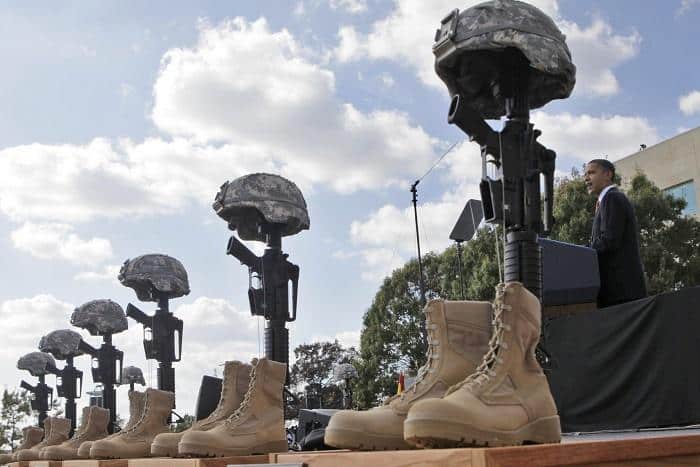James Garfield was an ex-Civil War hero, and his experience in war had left him a fatalist. Not long after he was elected president, he told a friend that assassination “can no more be guarded against than death by lightning; and it is not best to worry about either.” How little he could know that a few months later, lightning would indeed strike in the form of an assassin’s bullet at a Washington railroad station.

Garfield only spoke on the subject one other time four months later. Robert Todd Lincoln, his Secretary of War, was all too knowledgeable about the subject. His father, after all, had been Abraham Lincoln. During their conversation Garfield inquired about the tragedy from someone with such inside knowledge. Todd Lincoln took the time to recount the story from his viewpoint for President Garfield: the shock, rush of events, and dark pain.
The two conversed for more than an hour about the subject that Garfield had always said there was no use thinking about. Lincoln recalled later how odd he thought it was for the President to dwell on the matter. Two days later, Charles Guiteau fired two shots at President Garfield – just two ways after he spent an hour discussing a topic he had never discussed before.
As Garfield made his way through the station, Charles Guiteau raced from the shadows and fired two shots point blank into the president. One grazed Garfield’s arm; the other lodged in his abdomen. Exclaiming, “My God, what is this?” the president collapsed to the floor, remaining fully conscious but in a great deal of pain.
In the hours that followed, doctors did everything they could to locate the bullet buried deep within Garfield’s massive body. Expert upon expert was called in to try and find the bullet, but it was to no avail and immense pain to the president. Then a famous citizen was called in. Alexander Graham Bell had informed the White House of an inspiration. Perhaps he could use one of his telephone receivers to rig an electrical induction system. He believed a bullet would create a slight disturbance in the device and create a hum he could detect.

When Bell began the procedure, he did indeed detect a hum. After repeating the procedure several times, he declared he had pinpointed the place the bullet had lodged. Unfortunately, the doctors present decided surgery to remove a bullet from where it rested was too risky. When the President’s condition worsened and all hope seemed lost, the surgeons followed through on Bell’s directions and probed for the bullet. But it wasn’t to be found. Garfield wavered between life and death for a month and finally succumbed to infection.
Garfield was not a particularly popular president. His short span of office had not been long enough for the public to form an opinion one way or the other. However, the stoic manner in which he endured his injuries warmed the popular attitude towards him, making him more popular in death than in life.
A post-mortem examination showed that the ball, after fracturing one of the ribs, had passed through the spinal column, fracturing the body of one of the vertebrae, driving a number of small fragments of bone into the soft parts adjacent, and lodging below the pancreas, where it had become completely encysted. The immediate cause of death was hemorrhage from one of the small arteries in the track of the ball, but the principal cause was the poisoning of the blood from suppuration.
The irony is, most medical historians now believe Garfield would probably have not died had he simply been left alone and allowed to heal naturally. What killed him was not the bullet, which had become wrapped in a protective cyst, but rather infection from unsterile hands and instruments.
And what of the bullet and the famous Dr. Bell? It was actually located a full ten inches from where Bell placed it. In spite of his many successes, this was one time a president was not saved by the bell. Even so, many lives were saved through inventive uses of the mechanism Bell improvised that day in a failed attempt to save a president. Later, in a more elaborate form it was used by the Army to detect land mines.
©2011 Off the Grid News












